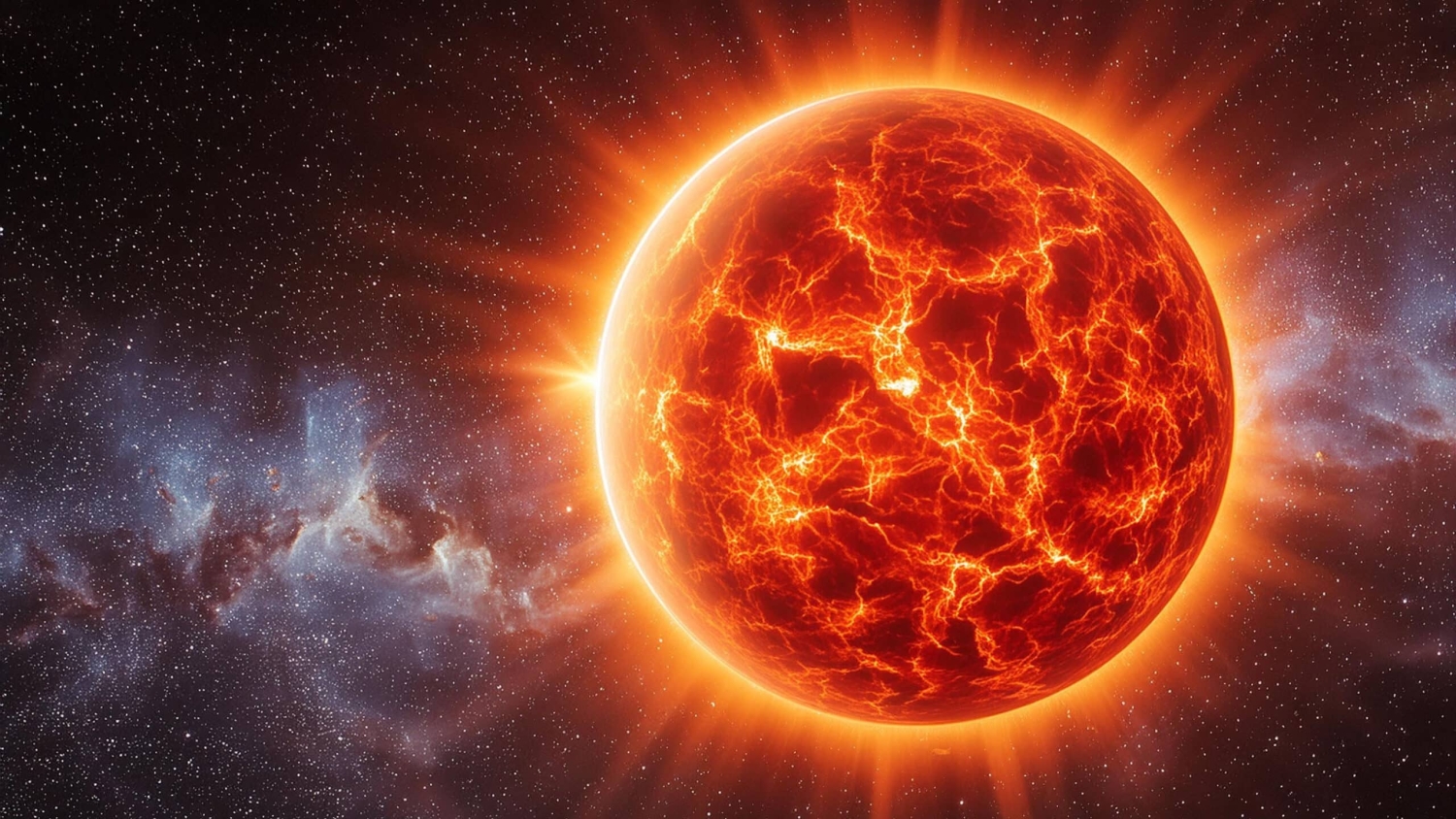Whether it’s used as a change of pace or as a maneuver to change a batter’s eye level, a well-placed curveball can be an amazing pitch. But how does it work?
Kasey Wagoner is an assistant teaching professor of physics at NC State and a baseball enthusiast who recently helped produce a video that explains exactly why a curveball does what it does. He shared the video with The Abstract and told us a bit about why he – and physicists generally – spend time and attention on baseball physics.
The Abstract (TA): Why are you interested in baseball physics?
Wagoner: Baseball has been a part of my life as long as I can remember. When I was young I would play for hours each day and watch as many games as I could get on TV in rural Illinois. When I got to high school I took my first physics course, and it was very interesting to me. Around the same time, my father was finishing his undergraduate degree at the University of Illinois. The last class he needed for his degree was physics, and his physics instructor gave him a copy of Robert Adair’s book, “The Physics of Baseball.”
This showed me the applicability of physics to things that I was and am passionate about. As I’ve pursued multiple degrees in physics, I’ve continued to care a lot about how the fundamental rules of our universe can be applied to situations in our everyday lives, particularly baseball, the game I love!
TA: Why are physicists interested in baseball?
Wagoner: I must admit that the field of baseball physics researchers is a relatively small one, and I can’t speak for all of them. But the ones I know are interested in baseball physics mostly for the same reasons I am.
Baseball is interesting because there are multiple situations that seem like they are described by the physics that you’d learn in a first semester course; for example, how a ball flies through the air after being pitched.
But when you dig a bit deeper, some things are more challenging to understand, like how the spinning motion or the laces on the ball affect the ball’s trajectory. This combination of familiar scenarios, coupled with more challenging questions, makes baseball a fun sport to analyze.
This is compounded by the fact that Major League Baseball has started using very sophisticated camera systems to collect large data sets with information about everything that happens on the field. These data give researchers a fertile ground to explore the interesting physics of baseball.
This post was originally published in NC State News.
- Categories:



